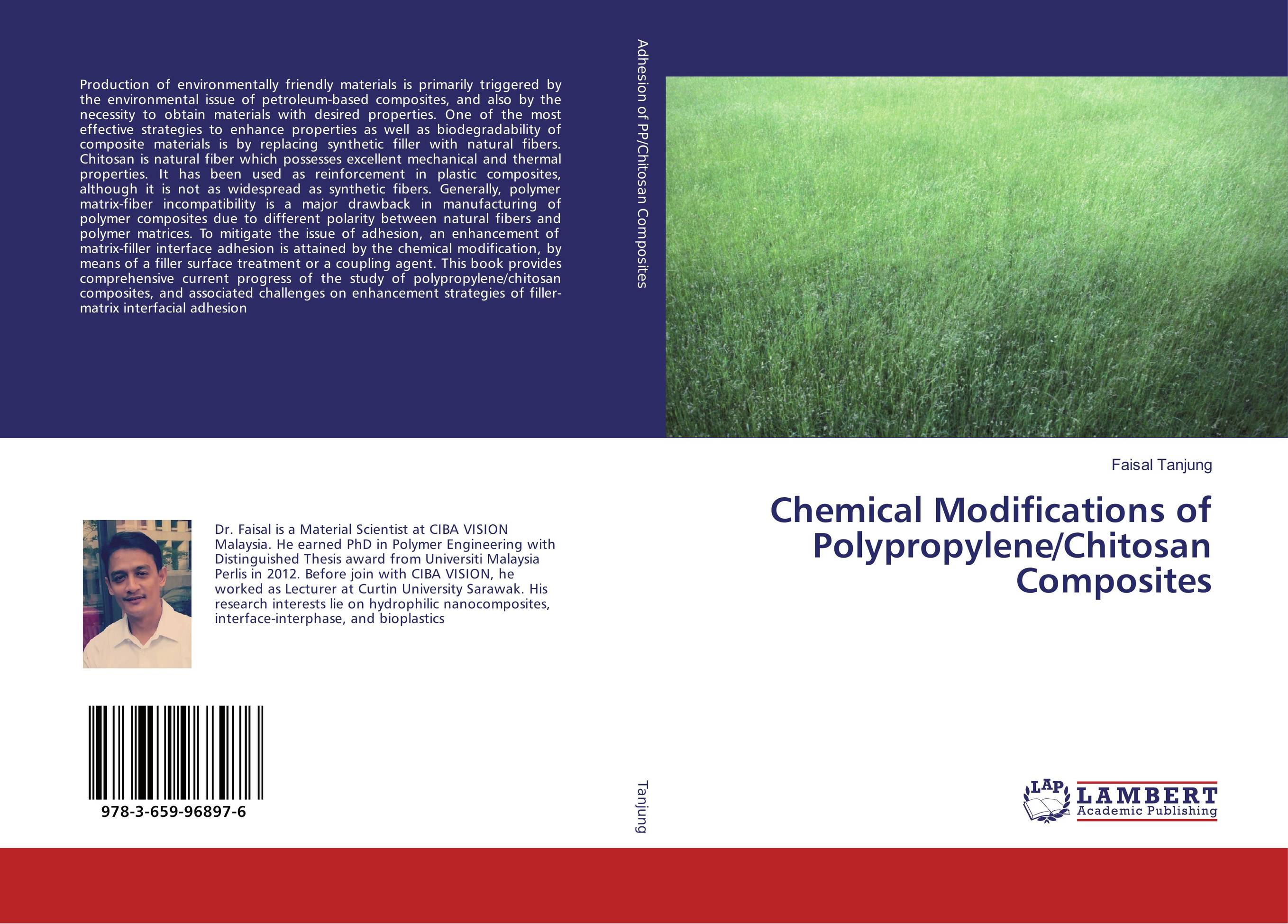| Поиск по каталогу |
|
(строгое соответствие)
|
- Профессиональная
- Научно-популярная
- Художественная
- Публицистика
- Детская
- Искусство
- Хобби, семья, дом
- Спорт
- Путеводители
- Блокноты, тетради, открытки
Chemical Modifications of Polypropylene/Chitosan Composites.

В наличии
| Местонахождение: Алматы | Состояние экземпляра: новый |

Бумажная
версия
версия
Автор: Faisal Tanjung
ISBN: 9783659968976
Год издания: 2016
Формат книги: 60×90/16 (145×215 мм)
Количество страниц: 176
Издательство: LAP LAMBERT Academic Publishing
Цена: 39429 тг
Положить в корзину
Позиции в рубрикаторе
Отрасли экономики:Код товара: 164388
| Способы доставки в город Алматы * комплектация (срок до отгрузки) не более 2 рабочих дней |
| Самовывоз из города Алматы (пункты самовывоза партнёра CDEK) |
| Курьерская доставка CDEK из города Москва |
| Доставка Почтой России из города Москва |
Аннотация: Production of environmentally friendly materials is primarily triggered by the environmental issue of petroleum-based composites, and also by the necessity to obtain materials with desired properties. One of the most effective strategies to enhance properties as well as biodegradability of composite materials is by replacing synthetic filler with natural fibers. Chitosan is natural fiber which possesses excellent mechanical and thermal properties. It has been used as reinforcement in plastic composites, although it is not as widespread as synthetic fibers. Generally, polymer matrix-fiber incompatibility is a major drawback in manufacturing of polymer composites due to different polarity between natural fibers and polymer matrices. To mitigate the issue of adhesion, an enhancement of matrix-filler interface adhesion is attained by the chemical modification, by means of a filler surface treatment or a coupling agent. This book provides comprehensive current progress of the study of polypropylene/chitosan composites, and associated challenges on enhancement strategies of filler-matrix interfacial adhesion
Ключевые слова: chitosan, Composites, Polymer, polypropylene, Interfacial Adhesion



